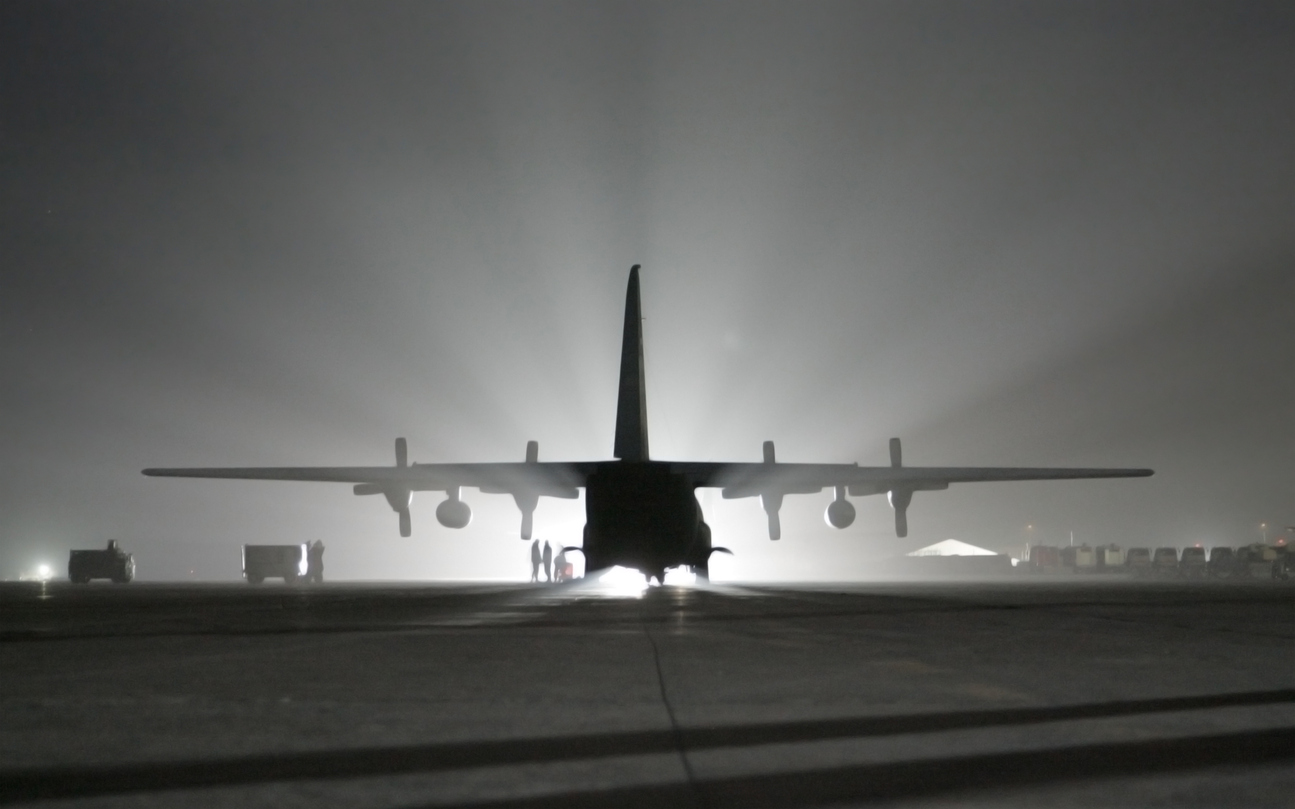Why effective leaders aren’t afraid to let go of some control
Leaders who are willing to be vulnerable and embrace the unknown build trust and teach their teams to do the same.

When the world changed over the past two and a half years, the way that we work did, too. Opening our homes during virtual meetings provided a new lens into how our colleagues live, while concerns over the physical and emotional well-being of employees and their families has led businesses to enact flexible work models and add new benefits. This acknowledgment of vulnerability extended to many leaders, too, who realized that letting employees see more than one side of them helped build trust and deepen relationships.

Colonel Kim Campbell
Colonel Kim Campbell understands what it means for leaders to be vulnerable from her firsthand experience as a fighter pilot. In 2003, Campbell piloted her A-10 Thunderbolt II back to base after it took enemy fire over Baghdad during Operation Iraqi Freedom. As her systems began to fail, Campbell knew she had a decision to make: attempt to fly the jet back and land safely, or take it back into friendly territory and eject.
Campbell’s flight lead ultimately left the decision up to her, and said he would support whatever decision she wanted to make. His trust in Campbell, along with all the hard work and training she’d put in leading up to that moment, ultimately taught her some profound lessons about leadership.
Vulnerability fosters trust
“Over time, as I evolved as a leader, I realized how much my flight lead in that moment was vulnerable,” Campbell told Ragan. “When you empower somebody on your team to make a decision, and a big, difficult decision, you are letting go of some of that control. And that can be really hard for leaders to do, to say, ‘Look, I trust your training, I trust your preparation, I trust your mindset, I’m going to trust you to make the decision.’”
Suffice to say, Campbell ultimately decided to land the plane safely. Debriefing with her lead after, she understood his rationale that she was the one who knew best what was going on with her airplane and how it was flying.
“Sometimes that’s the thing with teams, right? The person doing the job has the skills and the expertise; they really are the one best prepared to make that decision in the moment,” she said. “He trusted everything, all the hard work that we had put in up to that moment, he trusted the process. You create trust when you trust your team’s expertise. You trust the training that they’ve had because you’ve watched them put in the work to get there.”
She’s seen some organizations where one person insists on sharing the message, and that can work if everyone’s on the same page.
“But what I’ve seen work better is preparing your team to share that message, making sure that they are able to communicate a consistent message at all levels of the organization and explaining the why behind the message so that they can explain it to other people. You can have people at the lower levels of an organization complaining and frustrated, but if you have the lower level leaders able to communicate the message and the why behind it, it makes a huge difference.”
You can be afraid and brave at the same time
Campbell acknowledges that many leaders struggle to embrace the vulnerability to trust their teams, which she describes as being afraid and brave at the same time. It seems an almost Zen contradiction at first that speaks to Campbell’s lived experience of how fear can be a positive thing when it pushes us to act.
“We’re so afraid to admit we’re afraid,” Campbell says. “And it’s okay to have fears, to have worries, to have anxieties to have stress about things. But it can’t overwhelm you, you still need to be able to make critical decisions, take action and do the hard things. I still have those moments of stress, anxiety, fear about things. I’ve learned to just acknowledge it’s there. And now let’s deal with it.”
Planning for contingencies — whether training a fighter pilot or a manager on crisis comms — can help your teams make decisions by giving context to preparedness.
“In the military we actually have what’s called a red team,” says Campbell. “Their sole job is to poke holes in your plan and ask the tough questions, and really help you think through scenarios so that in that moment, you’re like, ‘Oh, I’ve thought of this before, we’ve walked through this, we’ve discussed this.’ And then it’s just easier to deal with it in the moment.”
Embracing a wingman culture leaves room for constructive failure and shared solutions
Most are familiar with the role of a wingman, who is responsible for looking out for threats to the flight be they on the ground or in the air. While the flight lead is focused on looking out for threats and targets in front of the flight, a wingman is responsible for checking the are directly behind an aircraft that the flight lead can’t see on their own.
The Air Force practices what is often described as a “wingman culture,” where a second airman will always support the lead pilot’s safety and well-being with an understanding of how the role that they play and how it fits into the larger culture. Effective leaders understand this concept in their own terms.“It’s also an environment of trust where we trust the expertise of our teammates, we trust the expertise of our wingman, and then we rely on them in those in those critical moments,” Campbell says. “It’s creating safe space so that when someone makes a mistake, or fails, that you can have a conversation about it, learn the lessons, and then figure out what to do differently the next time. Fighter pilots strive for perfection, but we know it’s not reality. We’re always striving to get better, we’re always striving to improve. Part of that is having a safe environment where when we make mistakes, we talk about them, we identify the root cause we figure out what we’re going to do differently.”
Figuring out the lesson and communicating it to the team is also crucial to wingman culture. “Until you communicate it out and share it with others, you’re not really allowing your team to improve and learn from it as well,” says Campbell, who adds that making space for that communication taught her she doesn’t need to be a leader who has all the answers all the time — but she could always sit in a room with her team and figure it out.
“That was much more appreciated than me making a decision that I didn’t really have the information for, and just blindly executing something that quite honestly was never going to work.
Kim Campbell is a retired Air Force Colonel who served in the Air Force for over 24 years as a fighter pilot and senior military leader. She is a frequent keynoter and speaker on the topic of leadership and feels strongly that leaders earn trust by leading with courage and connecting with their team. You can connect with Kim via her website, LinkedIn and Twitter.







